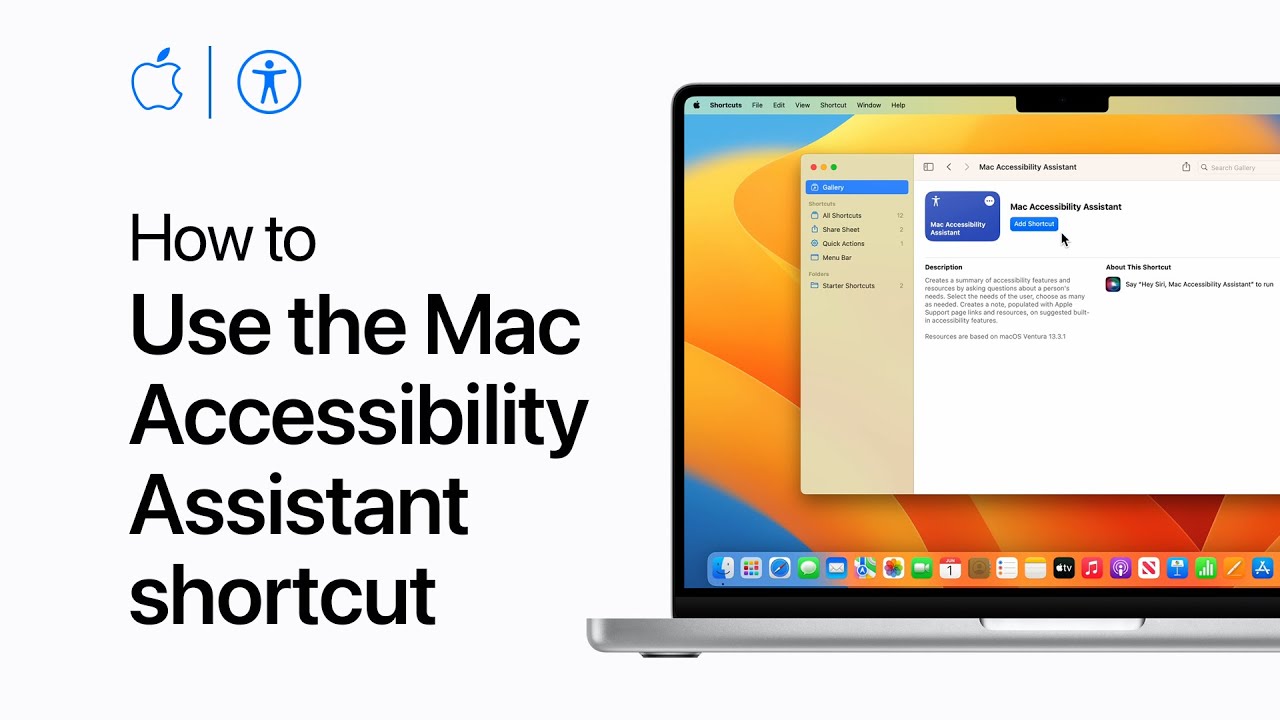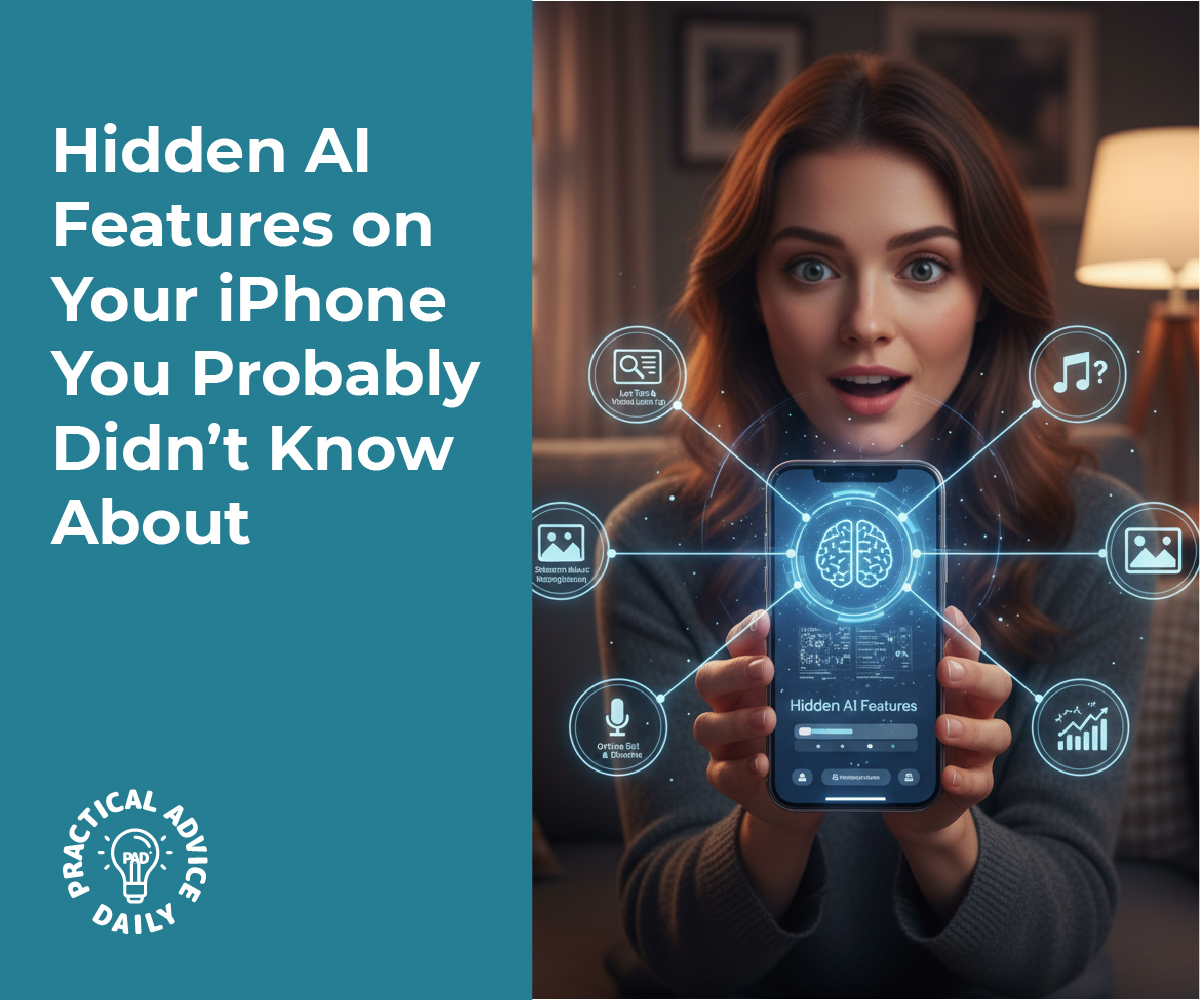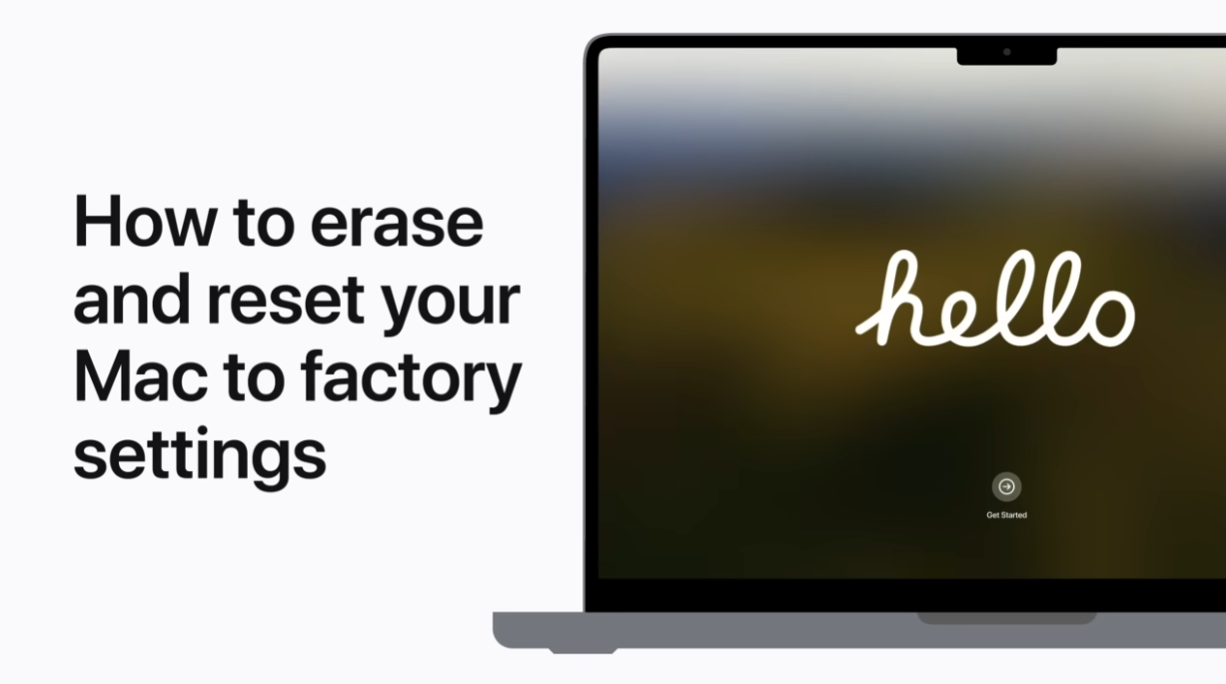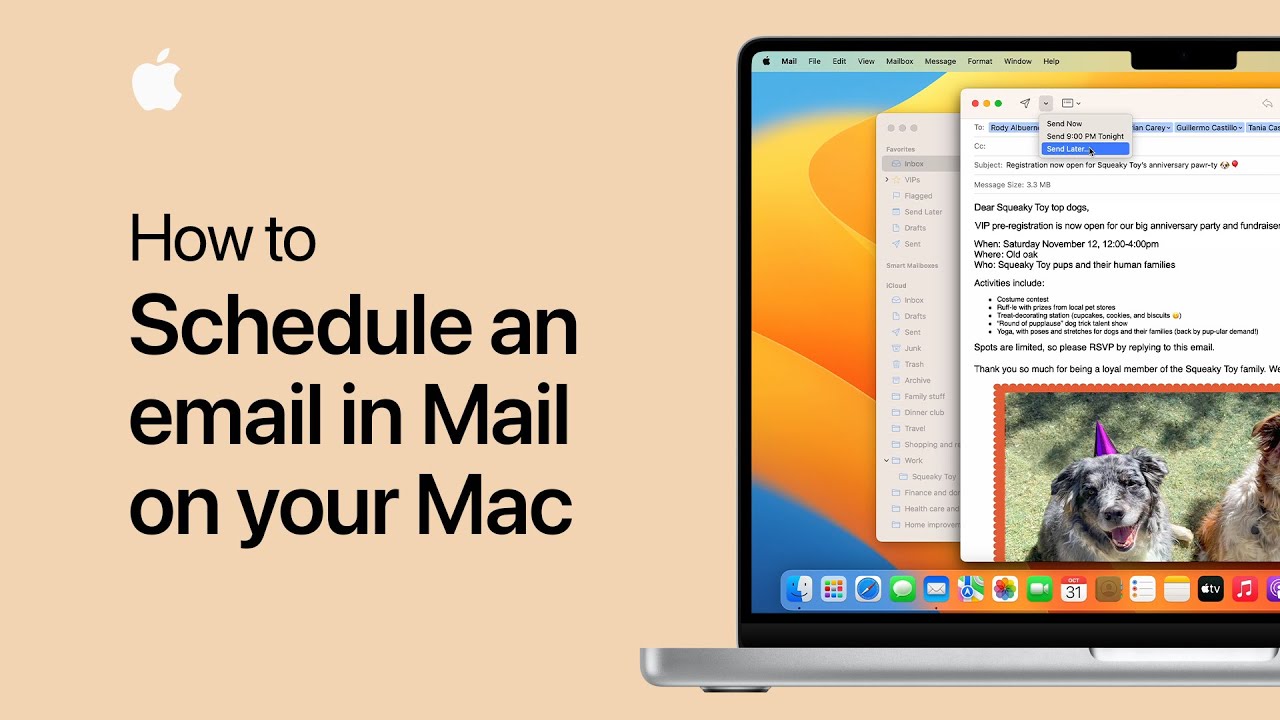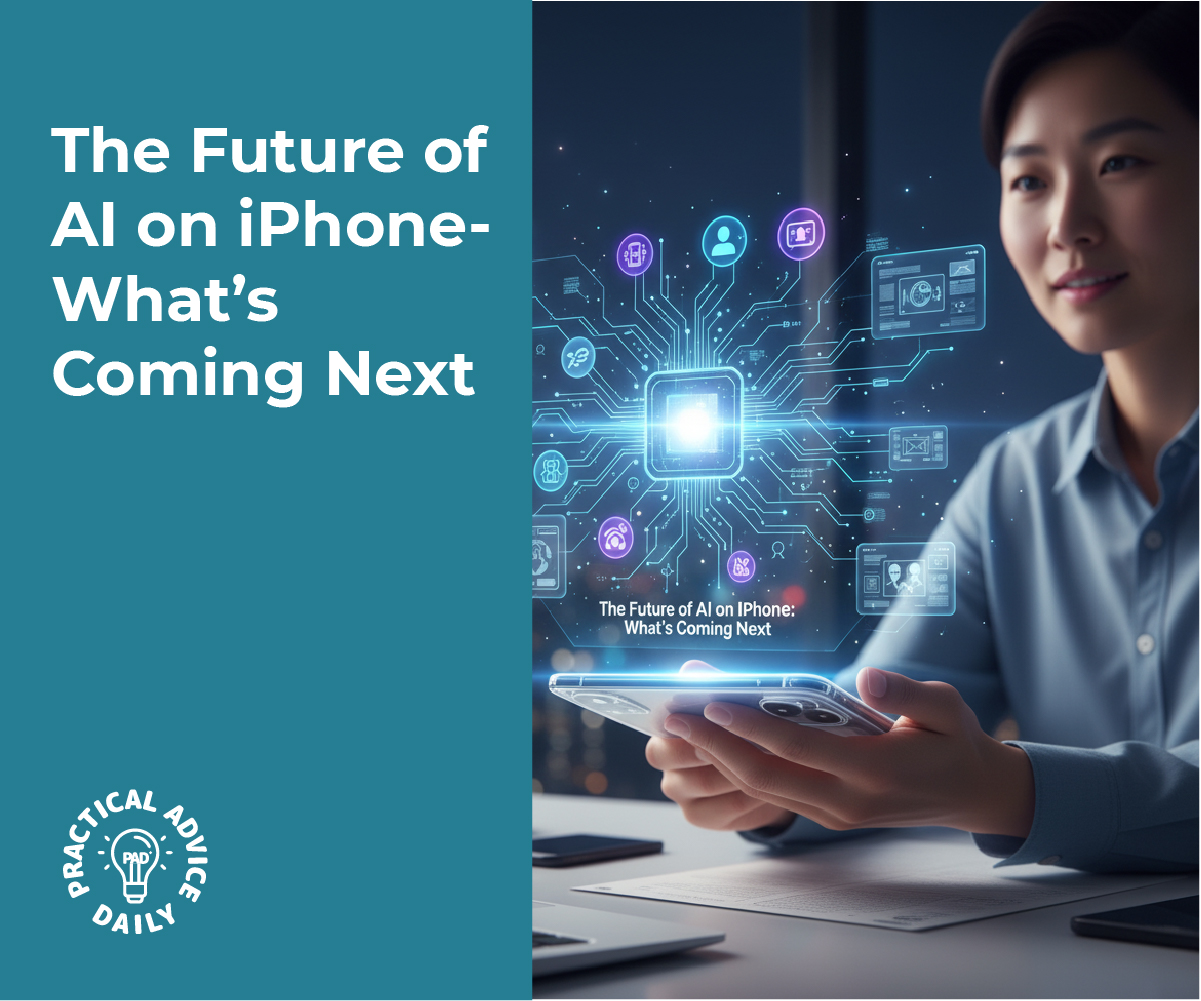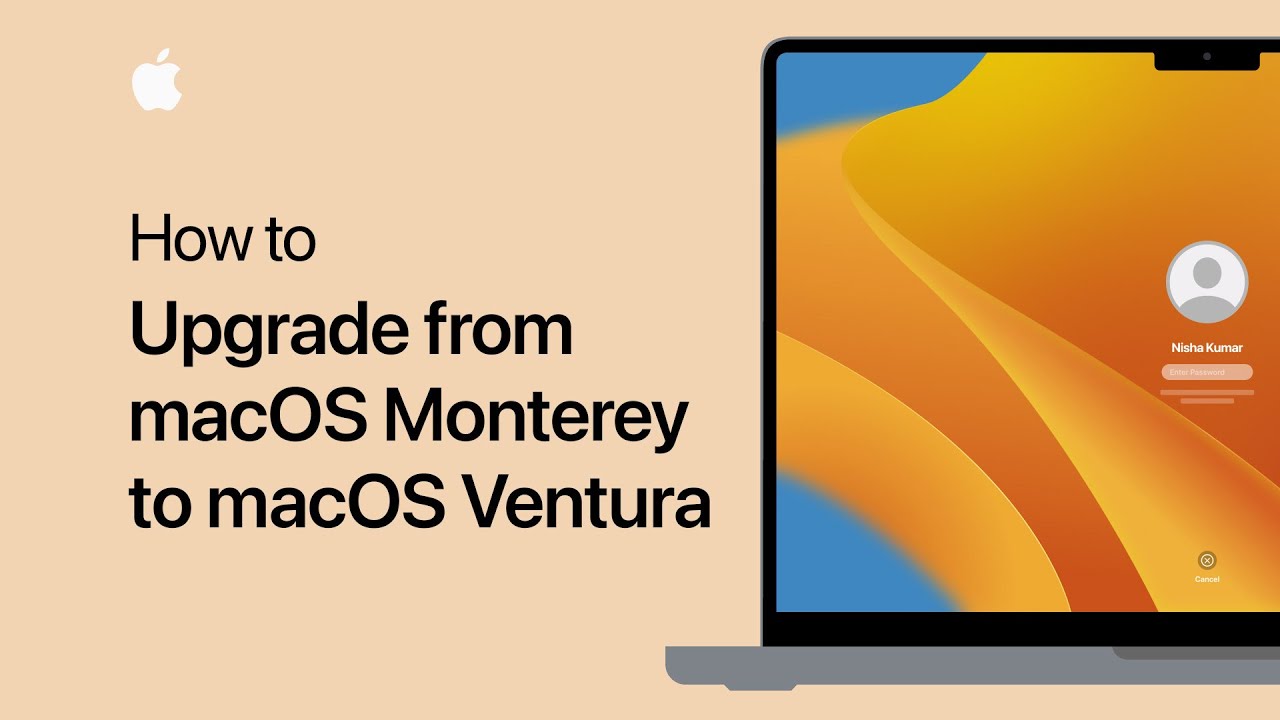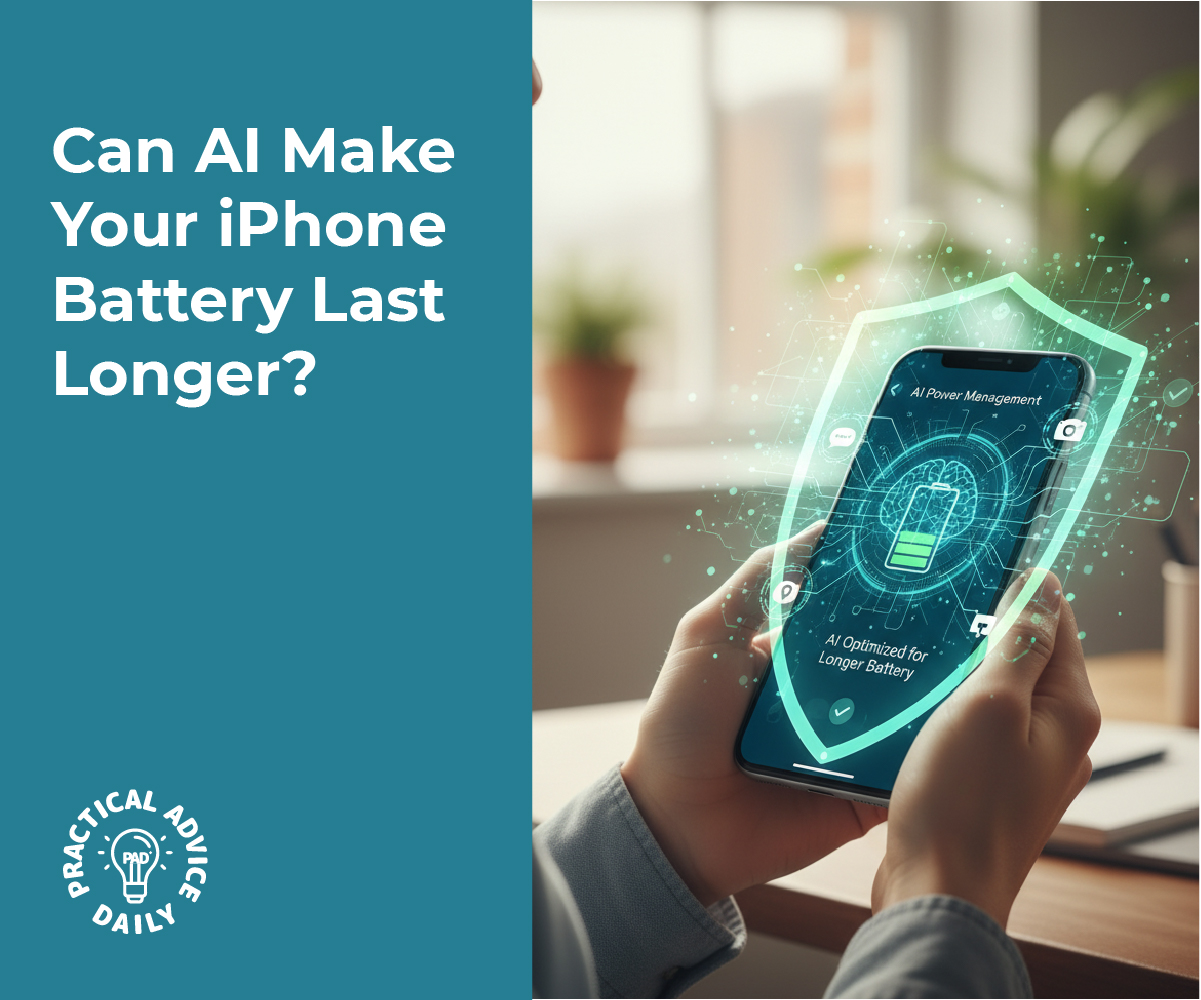Apple has only just begun to show what artificial intelligence (AI) can do on the iPhone. You may already notice your phone predicting what you’ll type, helping you organize photos, or suggesting the best route home. But these are only the early steps. In the next few years, AI could make iPhones more personal, helpful, and intuitive than ever before.
If you’ve been wondering what’s next for Siri and other Apple tools, this guide will walk you through the possibilities—without getting too technical.
Table of Contents
Key Takeaways
- Apple is expected to expand on-device AI, meaning more smart features that protect your privacy.
- Siri could become far more conversational and capable of handling complex requests.
- Photos, Mail, and Messages may gain new AI tools for faster, smarter organization and writing help.
- Health and accessibility features might use AI to offer better daily support.
- Apple’s focus will likely remain on user privacy and control, even as AI becomes more powerful.
The Next Step: Smarter, More Natural Siri
Siri is already learning to understand you better, but future updates could make conversations feel much more natural. Imagine being able to ask, “Can you organize my photos from last weekend and send the best ones to my family?” and having Siri do exactly that.
Apple has been working on making Siri understand the context of your requests. That means your iPhone could soon handle several steps at once instead of just one simple command. It may even remember your preferences and adjust how it helps you—without needing constant correction.
This type of improvement is part of Apple’s bigger plan to make AI feel invisible. You won’t see it working; it’ll just quietly make things easier.
Smarter Photos, Messages, and Mail
Many iPhone users already enjoy features like automatic photo organization or quick reply suggestions in Messages. In the near future, these could become much more powerful.
For example:
- Photos might automatically create themed albums or gently touch up images based on your style.
- Messages and Mail could offer draft replies that sound like you, learning your tone and common phrases over time.
- Notes and Reminders may use AI to summarize long lists or convert your voice memos into organized text.
What makes Apple’s approach special is its focus on privacy. These smart features are likely to run on your device rather than in the cloud, so your personal data stays in your control.
AI That Understands You Better
Apple’s AI is learning to personalize itself for every user. In the future, your iPhone might automatically suggest tasks based on your habits—like starting a grocery list when you arrive at the store or turning on Do Not Disturb during your evening routine.
It could also combine data from multiple apps in helpful ways. For example, your Health app might notice you slept poorly and suggest calming music in the morning. These small touches can make your phone feel more like a helpful companion than just a device.
Of course, Apple will likely make it easy to adjust or turn off these features if you prefer more privacy or fewer suggestions.
Health, Safety, and Accessibility
AI isn’t just for convenience—it can make life safer and more accessible, too. Apple already uses AI for fall detection and heart rate monitoring, but new tools may go even further.
We might see features that:
- Detect changes in your speech or movement that could signal a health concern
- Help people with vision or hearing challenges by describing surroundings or reading text aloud
- Offer early wellness insights, like mood tracking or stress detection based on voice tone
These improvements show how AI can support independence and well-being, especially for older adults or anyone managing health conditions.
Privacy and On-Device Learning
One of Apple’s strongest commitments is to privacy. Future AI updates will likely continue to rely on on-device processing, meaning your personal data—like photos, messages, and voice recordings—won’t leave your iPhone.
This approach makes Apple’s AI different from many others. While some companies use cloud-based models that analyze your data remotely, Apple aims to keep that information local and secure.
In other words, you’ll still get the benefits of a smarter phone, but without giving up control of your personal information.
A Glimpse at What’s Ahead
While no one can predict the future perfectly, Apple’s direction is clear: AI that feels natural, private, and genuinely useful. You can expect your iPhone to quietly learn from you—not to sell data or show ads, but to make your life smoother and simpler.
Maybe soon, Siri will manage your appointments, summarize your texts, or edit photos just the way you like—all while respecting your privacy.
Final Thoughts
The future of AI on the iPhone looks bright and personal. It’s not about flashy new tricks, but about real convenience—helping you save time, stay organized, and connect more easily.
Even if you’re not a tech expert, these changes are designed to work for you, not the other way around. So whether you’re asking Siri for directions, sorting vacation photos, or keeping track of your health, you’ll soon have a smarter and more caring assistant right in your pocket.
